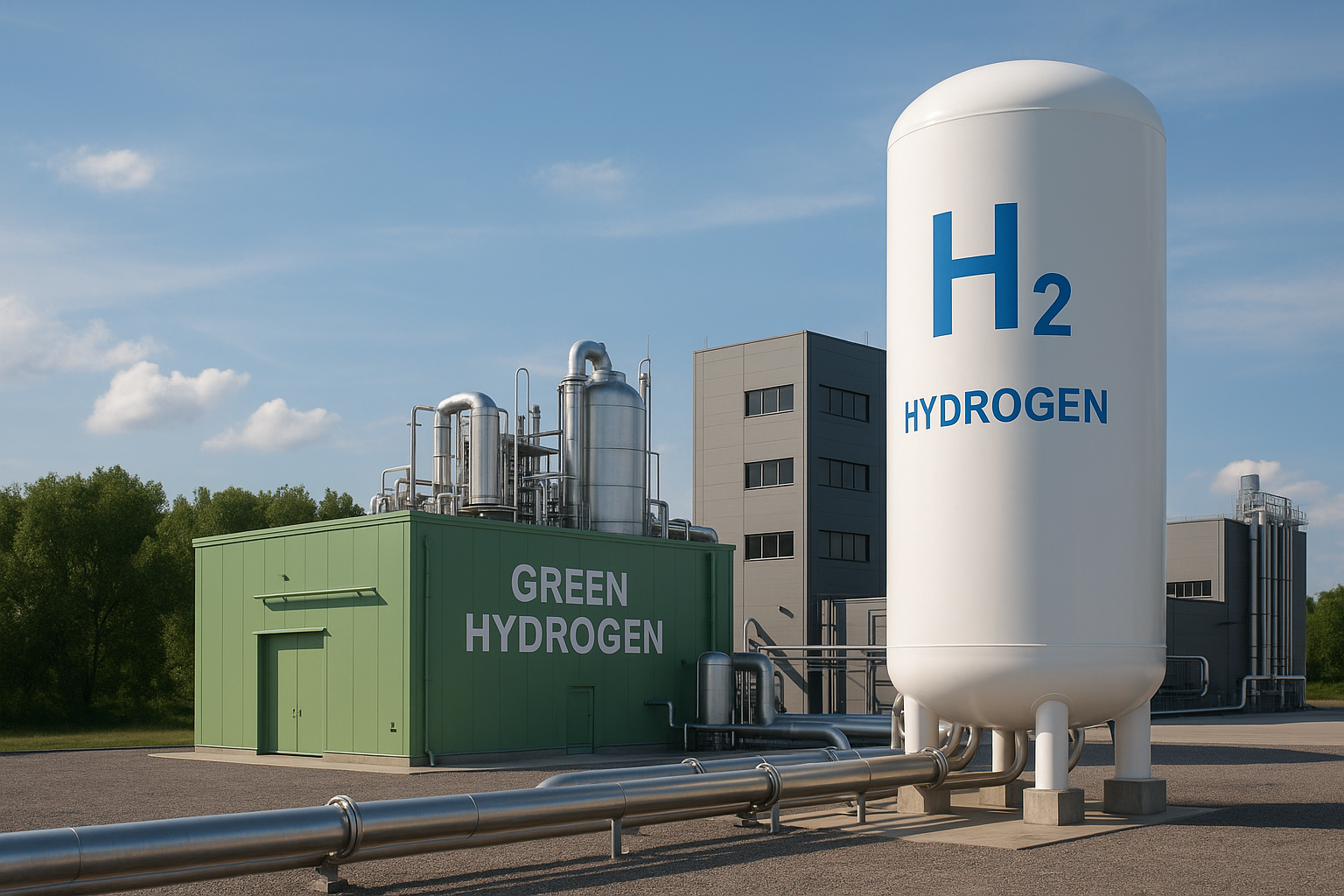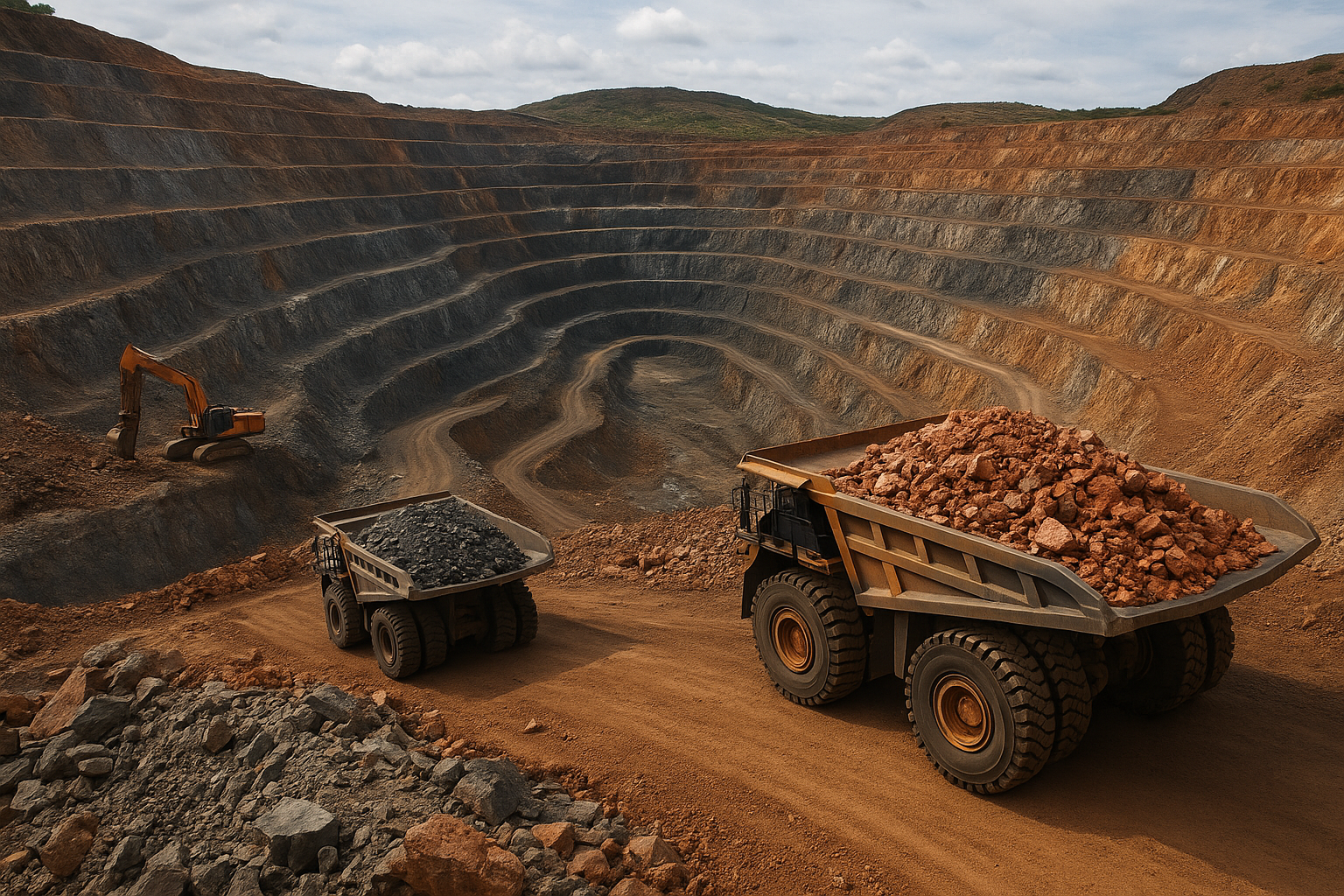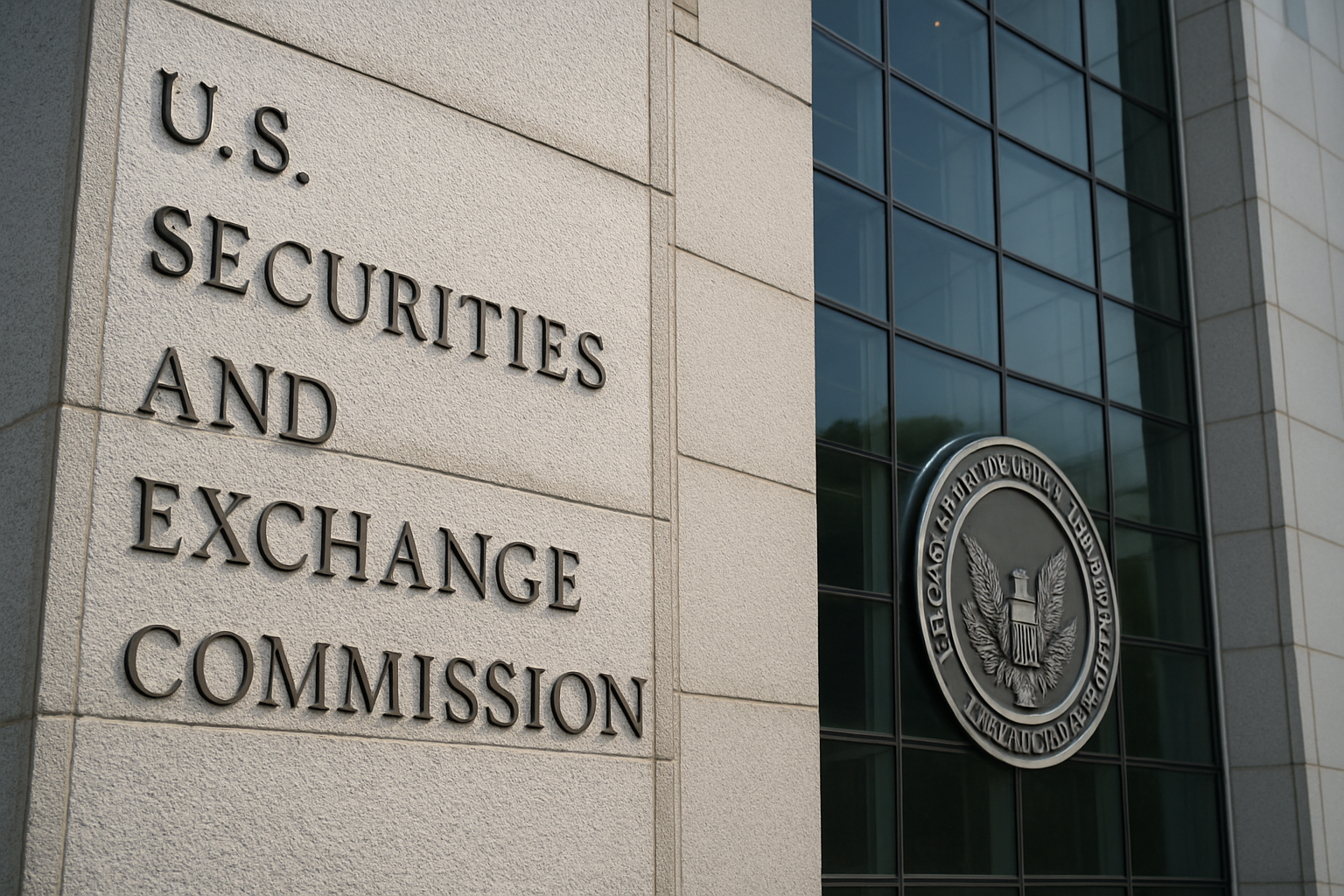China is accelerating its push into green hydrogen at a pace that is capturing global investor attention, with more than 500 projects launched in 2025 alone, according to recent reporting from Bloomberg. As Beijing rolls out a new 5-year strategy aimed at turning hydrogen into a pillar of its energy transition, the scale of planned build-out signals a significant shift in both clean energy infrastructure and the demand outlook for critical metals. For investors watching the intersection of decarbonization and commodities, China’s move represents one of the most consequential developments shaping the metals and mining landscape.
Green hydrogen has rapidly emerged as a strategic asset in the global race toward carbon neutrality. With Europe struggling to scale its electrolyzer production and the U.S. focused on tax-credit-driven growth under the Inflation Reduction Act, China appears determined to lead on cost, manufacturing capacity, and downstream deployment. And with the Chinese government emphasizing energy security and industrial competitiveness, the green hydrogen expansion carries direct implications for global commodity markets.
China’s Hydrogen Ambitions Enter a New Phase
China’s new plan prioritizes the development of large-scale electrolyzer systems, renewable-powered hydrogen hubs, and nationwide distribution pipelines. State-owned enterprises—including Sinopec, PetroChina, and State Power Investment Corp.—have announced aggressive timetables for hydrogen output expansion, positioning the sector as a central piece of Beijing’s decarbonization roadmap.
Bloomberg’s analysis notes that more than 500 green hydrogen projects are already underway, with estimates suggesting that China could surpass 1 million tons per year of green hydrogen production capacity well before 2030. This would put China in a dominant position globally, as electrolyzer manufacturing, installation, and operational costs are anticipated to fall more sharply due to scale and localization.
For investors, the pace of deployment confirms China’s strategic intent: hydrogen is not merely a pilot technology but a new industrial pillar aligned with heavy manufacturing, transport, and chemical sectors.
Why This Matters for Investors
1. Rising Demand for Critical Metals
Green hydrogen production relies heavily on electrolyzer technologies that require platinum-group metals (PGMs), nickel, zirconium, and rare earth materials. Analysts at Wood Mackenzie have warned that a rapid global push into hydrogen could pressure supply chains, particularly for platinum and iridium, which are essential for proton-exchange membrane (PEM) electrolyzers.
China’s build-out could therefore spark:
- Increased industrial demand for PGMs
- Tighter global supply conditions for nickel and rare earth magnets
- Stronger commodity cycles for hydrogen-related metals
Mining companies with exposure to these materials—especially South African PGM miners and nickel producers in Indonesia and Australia—may see renewed investor interest.
2. Equipment Manufacturers Stand to Benefit
China’s domestic electrolyzer manufacturers are scaling rapidly. Companies focusing on alkaline electrolyzers (AEL) and PEM systems are expected to gain from both domestic orders and export opportunities. Japanese and European firms attempting to compete on higher-efficiency systems could face margin pressure due to China’s cost advantage.
3. Hydrogen Policy Reflects Beijing’s Long-Term Industrial Strategy
Unlike short-term stimulus programs, the new hydrogen initiative is embedded in China’s broader industrial planning framework. It supports multiple sectors:
- Steelmaking
- Ammonia production
- Long-distance freight and heavy transport
- Synthetic fuels
This long-term alignment reduces policy risk within China but complicates competitive positioning for global players.
Execution Risks and Market Uncertainties
Despite China’s massive ambition, investors should remain cautious about structural risks:
- Project execution delays due to grid constraints and renewable input shortages
- Regulatory uncertainty, particularly around safety standards and subsidies
- Hydrogen price volatility, influenced by electrolyzer efficiency and renewable energy availability
- Commodity price swings, especially for platinum and nickel, which are historically cyclical
Moreover, global hydrogen markets remain fragmented, and commercial adoption outside industrial clusters may be slow until transportation and storage solutions mature.
Future Trends to Watch
Hydrogen Trade Flows
As China builds domestic capacity, competition may intensify with emerging exporters like Australia, Chile, and the Middle East. Hydrogen derivatives such as ammonia could become major export commodities, reshaping shipping and energy trading dynamics.
Innovation in Electrolyzer Efficiency
R&D efforts in high-efficiency solid oxide electrolyzers (SOEC) and advanced PEM designs could disrupt current supply chains. Companies with technological edge—particularly in Europe and Japan—should be monitored for upcoming breakthroughs.
Decarbonization of Hard-to-Abate Sectors
Steel producers and petrochemical companies are already testing green hydrogen integration. If China scales these applications faster than expected, demand for hydrogen-related metals could surge more quickly than analysts project.
Key Investment Insight
Investors should closely watch miners supplying platinum, nickel, and rare earths, as well as electrolyzer manufacturers and hydrogen infrastructure developers. China’s aggressive 5-year hydrogen strategy suggests that commodity demand linked to hydrogen technologies could rise structurally, creating multi-year opportunities across metals and mining. However, careful risk assessment is essential given policy dependency and commodity volatility.
Stay ahead of global commodities, emerging technologies, and market-defining energy shifts with MoneyNews.Today, your trusted source for investor-focused insights.





